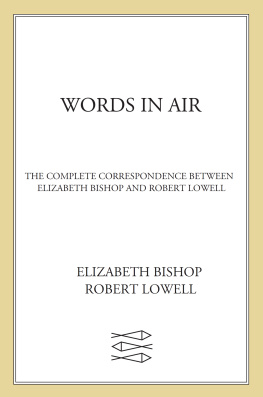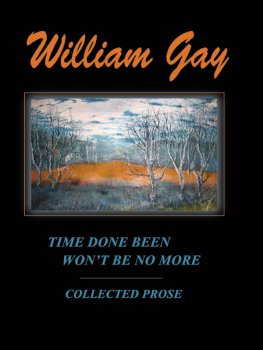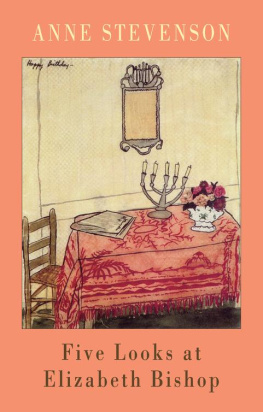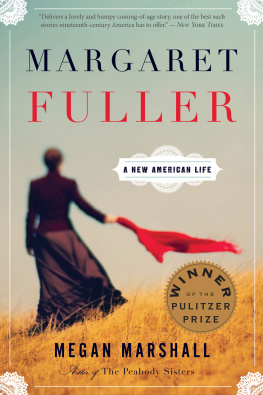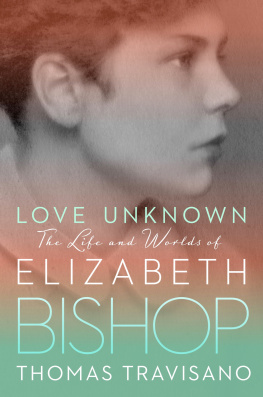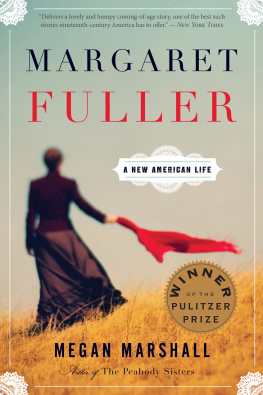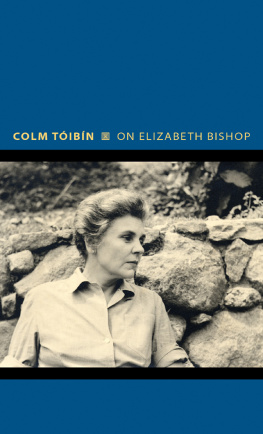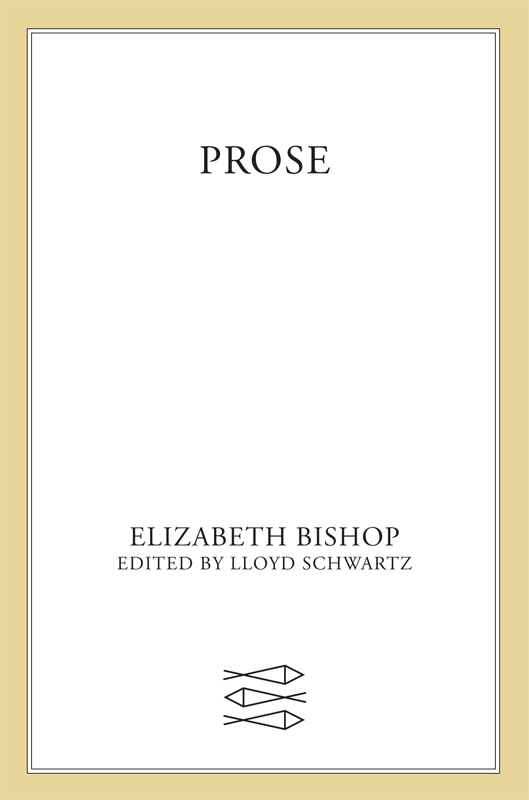Contents
Guide

The author and publisher have provided this e-book to you for your personal use only. You may not make this e-book publicly available in any way. Copyright infringement is against the law. If you believe the copy of this e-book you are reading infringes on the authors copyright, please notify the publisher at: us.macmillanusa.com/piracy.
Contents
Although Elizabeth Bishops admirers have discovered since her death that she attempted to writeand occasionally completedmany more poems than the hundred or so she published during her lifetime, she was nevertheless always a vastly more prolific prose writer than poet. She produced short stories and memoirs, memorials and tributes, book reviews and blurbs. And since she spent much of her life traveling, she also wrote translations, travel essays, a volume on the history and culture of Brazil (where she lived for nearly two decades), and thousands of letters. Like her poems, these all capture her astonishing eye (and ear) for detail and her unmistakable speaking voice: thoughtful, droll, wrylysometimes scathinglyironic, loving. From her high school days, she thought deeply about the nature of prose. She admired the way seventeenth-century essayists conveyed the mind in action, and that familiar and crucial element of her poems is also presentand began to surface even earlierin her prose, where her language and imagery often anticipate her poems.
Parallel to the way Bishops poems are formally traditional and yet also experimental, in her prose she often deliberately blurs the distinction between fiction and memoir. In such pieces as In the Village, Gwendolyn, The Country Mouse, The U.S.A. School of Writing, and Memories of Uncle Neddy, she treats what are clearly autobiographical narratives as if they were fiction. Other stories, some bordering on the surrealistic, are more obviously made up, while such pieces as Gregorio Valdes, 19791939 and her extended remembrance of her mentor and friend Marianne Moore, Efforts of Affection, land more firmly on the memoir end of this polarity. She never actually completed the Moore piece to her fullest satisfaction, though she included it in a table of contents for a possible volume of prose (see facsimile on page 2). Bishop herself had difficulty characterizing her prose pieces by genre, wondering whether she should call the book IN THE VILLAGE & OTHER STORIES or IN THE VILLAGE: STORIES & ESSAYS? (question mark hers). Unfortunately, her plan cannot be carried out because several of the items she listed are either lost or incomplete. The present volume includes almost all of her mature published prose works, and the most significant pieces that remained unpublished while she was alive.
While the majority of her poems appeared in The New Yorker, both her fiction and nonfiction are more fugitive, never having had a regular venue. (In 1970, remembering her own earlier inquiry, The New Yorker engaged her to replace Louise Bogan as its poetry critic; but she never completed a review.) Bishop distrusted literary criticism, and her most resonant literary utterance is not part of a seriously worked-out essay but a statement she makes in passing in a note she wrote for a talk in Rio, beginning with a sentence that reveals her own ambivalence about the value of poetry: Writing poetry is an unnatural act. She goes on to list the qualities she most admired in poems: Accuracy, Spontaneity, Mystery qualities that surely describe her own work. Brett Millier, her biographer, reports that she considered her finest page of prose the ultimately unpublished statement she wrote for the catalog of an exhibition by artist Wesley Wehranother indirect self-portrait, reflecting her own artistic humility and her predilection for small (as with Klee and Webern) but hardly small-scale works of art.
Bishops criticism could be witty (she calls e.e. cummings the famous man of little letters), knowingly sympathetic (about William Jay Smiths almost successful translations of Laforgue), quirky (her deep affection for a Walter de la Mare anthology of poems for the Young of All Ages), or tough, as in The Riddle of Emily Dickinson (published here for the first time), a review she submitted to The New Republic attacking a biography of Catherine Scott Anthonwhom the author claims Dickinson was in love withfor the reductive assertion that there is only one explanation for poetic genius.
During the 1950s and 60s, the period during which she was writing the poems for her book Questions of Travel, Bishop also wrote her most important travel pieces. For The New York Times Magazine, she published a colorful and amusing article on Rio. A more ambitious travel essay about her visit with Aldous Huxley and his wife to the as yet unfinished Brasilia and to an endangered Indian tribe was rejected by The New Yorker, and she never succeeded in publishing it elsewhere. She was offered her largest advance ($10,000) to provide the text for the Life World Library Brazil, but famously disliked how the editors changed what she wrote (The Editors of LIFE are actually credited as co-authors), especially in the books later chapters. Her original final chapter, completely different from the published chapter, deals with what the United States and Brazil have in common, and in it she praises Brazils more effective way of dealing with issues of race. So here, for the first time, is the closest we can come to Bishops original version, taken mainly from her own typescript at Vassar. (Since the surviving draft of her opening chapter, though very close to what was published, is too chaotic to reproduce directly, and the draft of her fifth chapter is missing, these chapters are reprinted here with the handwritten corrections she wrote in the margins of her personal copy of the published book, which is now in the collection of Harvards Houghton Library.)
Bishop was always reluctant to discuss either personal matters or her work. But when the poet Anne Stevenson undertook the very first monograph on Bishop (for Twayne Publishers), the questions in her letters elicited from Bishop some of her most eloquent and forthright thoughts about her writing and her life. Included here is the first publication of extensive selections from their correspondence.
The one major Bishop prose work that is too long to reprint here in its entirety is her book-length translation of the Brazilian classic Minha Vida de Menina the actual diary of a young girl who lived in the small mining town of Diamantina in the 1890s (published in this country as The Diary of Helena Morley ). It is represented here by both Bishops substantial introductory essay and the excerpts she published independently, before the appearance of the book, in Harpers Bazaar. Bishop captures the authentic voice of the exuberant and mischievous young girl with a mind of her own, just as in her other major prose translation, her uncanny English version of three short fables by the Brazilian fiction writer Clarice Lispector, she captures that authors more sophisticated and unsettling world view.
Elizabeth Bishop began writing poems and stories when she was still a child, but one might say that her career began with the stories, reviews, and personal essays that appeared in her high school magazine, the Walnut Hill Schools The Blue Pencil (which is still active). In the appendix here of her early prose are some prescient examples of Bishops most profound later concerns. The essay A Mouse and Mice includes her first explicit reference to a themeVirgils sunt lacrimae rerum and its image of lifes inherent tearsthat will play a central role in one of the most touching of her early stories, The Last Animal, and in such major poems as The Man-Moth and Sestina. The main character in The Thumb, a kind of surrealistic Jamesian horror story, prefigures the disturbing narrator in her celebrated story In Prison. Her meditation on being alone inaugurates a comparable theme that will become a central issue over the entire course of her life. Perhaps her most sophisticated and imaginative discussions of literature turn up among the essays she published as a Vassar undergraduate, including two breathtaking metaphorsimages of a shooting gallery and of migrating birds in flightfor the complexities of a writers sense of timing.


